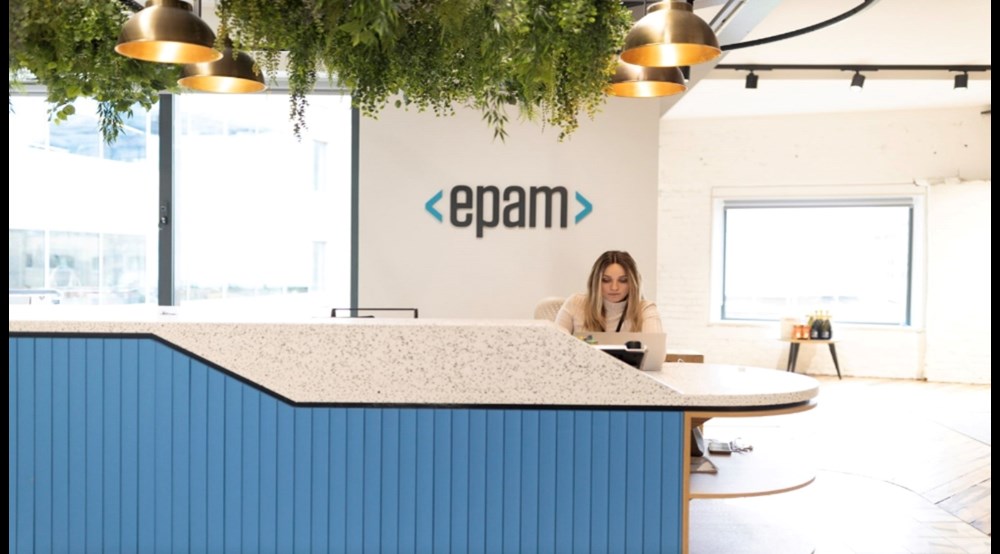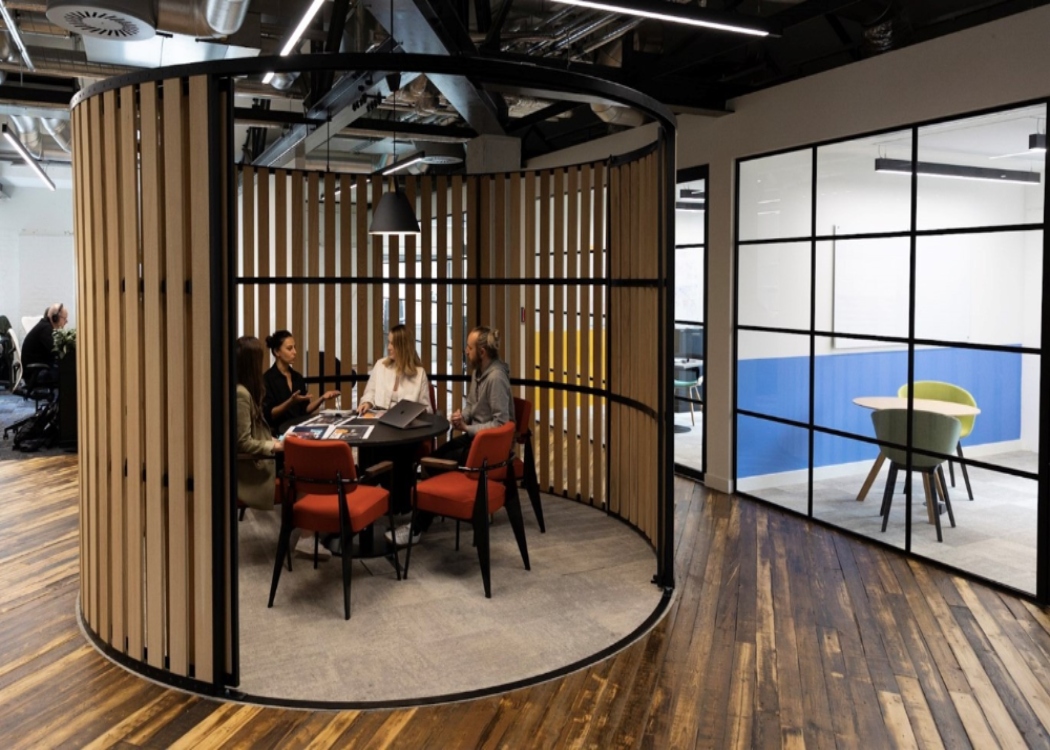
Contact us
We’re experts in finding you the perfect office space at the best price. Ask us to start your search today – it won’t cost you a penny.

As the world continues to adapt to new working practices following the COVID-19 pandemic, the crucial aspects of office design take centre stage.
Max Dooling shares the insights and advice he gathered from EPAM's journey in transforming a 15,000-square-foot London office over 15 months, offering a roadmap for those embarking on similar journeys.
As a company that already embraced hybrid working pre-pandemic, it became a much bigger part of EPAM’s global strategy, as it did for many others.
The first piece of guidance Max Dooling gives is highlighting the importance of time. "Give yourself more time than you think you need," he advises. The process of acquiring and designing office spaces has become more intricate. The pandemic's disruptive effect on supply chains has heightened the need for ample time for planning and execution. An office move should not be a rushed ordeal but rather an opportunity to craft an environment that aligns with the company's culture and future vision.
The traditional notion of office design has undergone a profound change. Pre-pandemic, the focus was on pragmatic layouts. For example, matching one desk per employee, ensuring adequate meeting rooms and functional facilities. Max highlights how the landscape has shifted. The post-pandemic era demands a re-evaluation of these norms. In this new environment, office design is not merely about space utilisation; it's about fostering collaboration, ensuring flexibility, and prioritising employee well-being.
Max points out how they’ve been able to develop offices to make people want to go back to the office again. “Our offices have been reconfigured to create a more personal experience by minimising large areas of open plan desks and optimising other collaboration spaces and simple desk layouts.”
Max’s second piece of advice is a call to innovate, emphasising the need to break free from past norms and design constraints. While alignment with the company's goals is vital, pushing the envelope of creativity can lead to better outcomes. He points out, “If you design an office that was great for three years ago, by the time your lease is coming to an end in five to ten years, it's not going to be the office that you really want anymore.” Office spaces that were optimal a few years ago may not align with the evolving needs of a business or its workforce. Max highlights that this is where collaboration with design experts and a finger on the pulse of market trends becomes invaluable. A forward-thinking approach ensures that the office space remains relevant and functional throughout the lease period.
The infusion of technology into office spaces has transitioned from a choice to a necessity. He aptly says, "Embrace technology; it's coming." The incorporation of smart technologies not only elevates the office environment but also enhances the user experience for employees. He adds, “I think the way technology makes the office go from good to great means the user experience to employees is just so much more profound. And if employees have good user experiences, you have better utilisation.” Seamless technological integration can optimise space utilisation, transforming costly assets into spaces of value. Technology catalyses the shift from a good office to a great one, from efficient room booking systems to IT-enabled utilities.

Office design is not static but something that must evolve with the times. The lessons drawn from EPAM's own office design journey resonate with those shaping their workspace now or hoping to in the near future. The efficient use of time, the breakaway from conventional design, and the strategic embrace of technology will help to navigate the shifts in office design post-pandemic. As businesses develop, these considerations provide a roadmap to craft workspaces that are not just functional but transformative to those who use them.